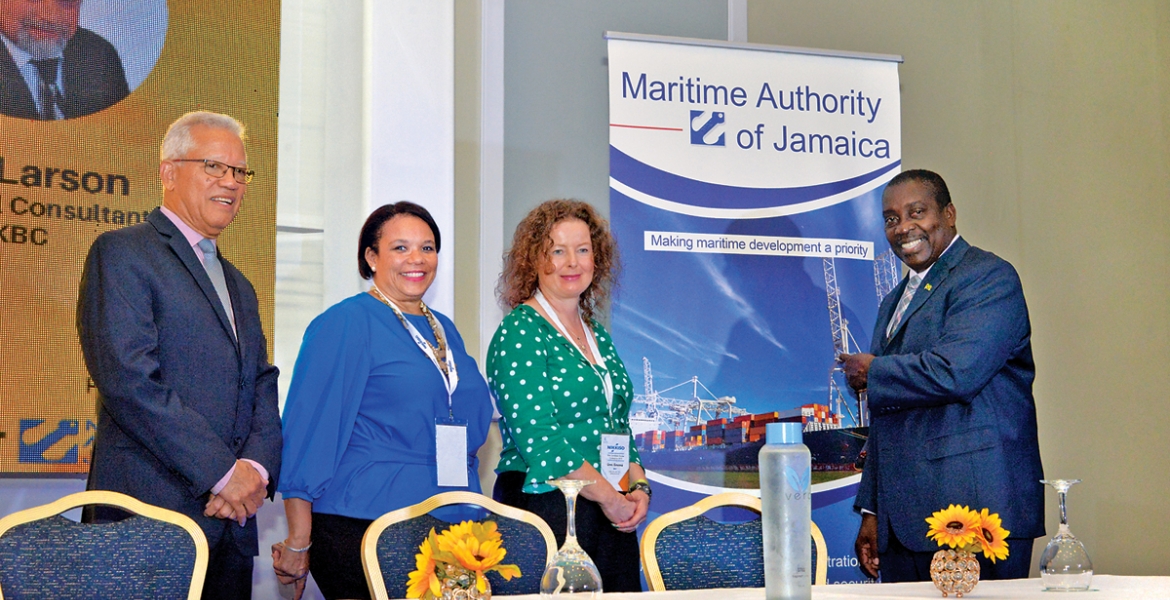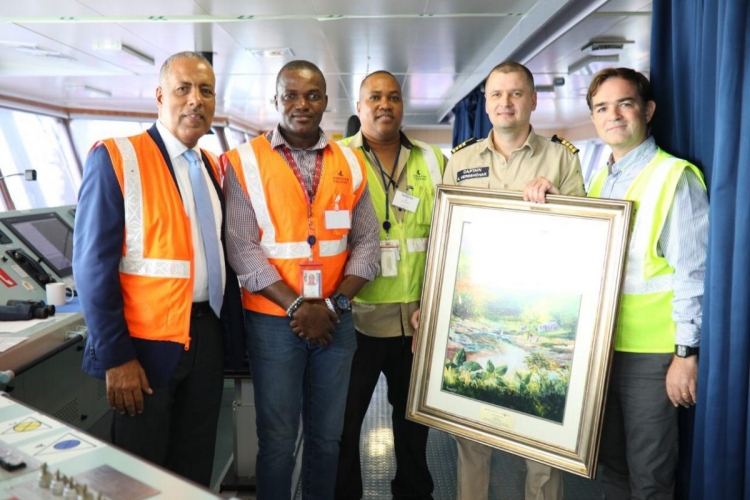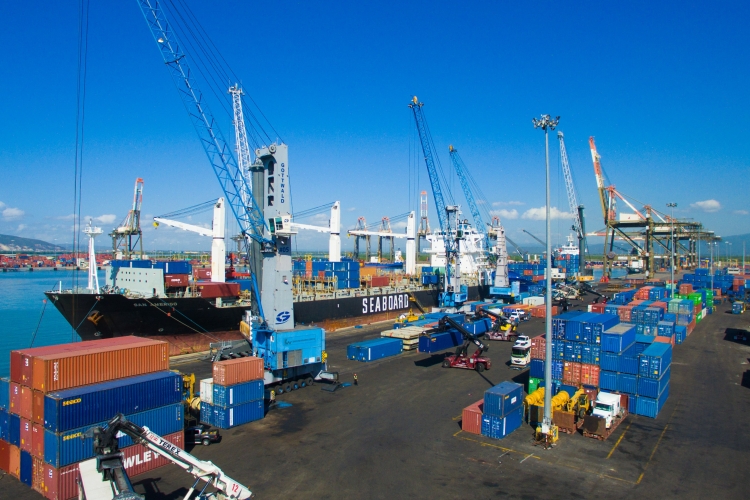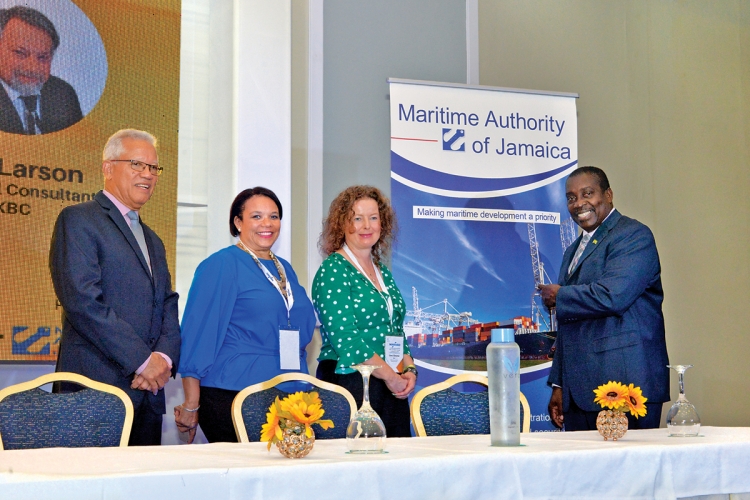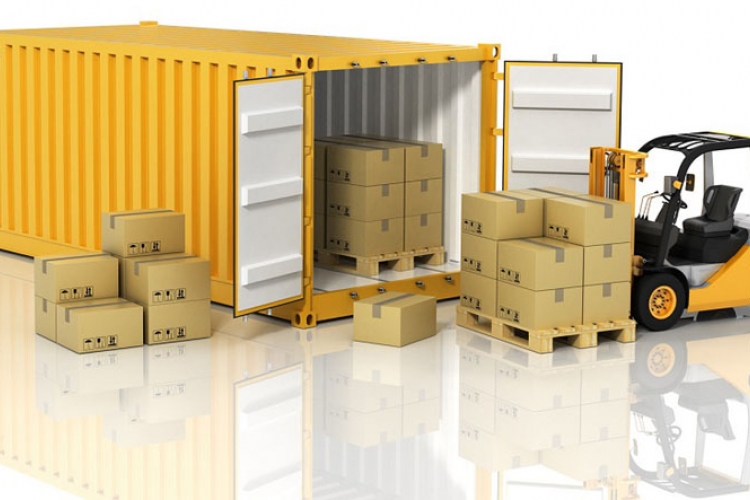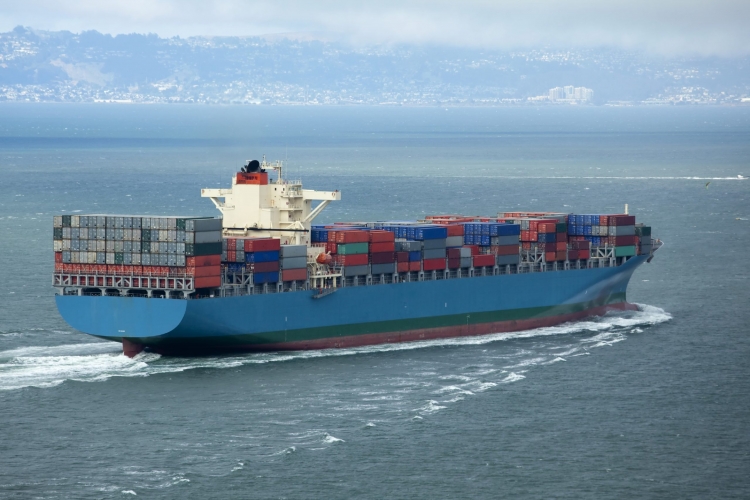A globally competitive logistics hub
The Jamaican government is implementing its plans to create an advanced and integrated infrastructure network covering air, sea, rail, road and special economic zones in order to become the fourth node in the world’s logistics chain.
Jamaica is positioning itself as a globally competitive logistics hub and the fourth node in the international logistics chain, alongside Rotterdam, Dubai and Singapore. Its strategic location makes this goal eminently achievable: the island is directly north of the enlarged Panama Canal, close to the main shipping lines between the Far East, Europe and North America and a total market of 800 million people is within four hours of its shores.
It is already a major center for logistics and transshipments, and moves more cargo than any other Caribbean country. In 2018, its logistics industry was worth $728 million, 29 million metric tons of cargo was handled on the island, 3,561 vessels visited its ports and its airports saw over 400 international flights every week. Apart from its location, there are other reasons for this success. Most importantly, Jamaica has a well-developed transport and telecommunications infrastructure that has benefited from over $1 billion in investments in recent years.
But now it wants to go further and the government has put in place a coordinated strategy for the growth of its transportation and logistics infrastructure led by private sector investment and public-private partnerships. This involves the development of a more advanced multimodal integrated transport system covering air, sea, rail and road to aid the efficient movement of goods and people, as well as new industrial and special economic zones. “As a result, there are a lot of opportunities for investors within our transport sector. As a government, we want to facilitate profitable activities,”said Minister of Transport and Mining Robert Montague.
Jamaica is looking to boost its air transportation infrastructure, which currently consists of three international airports, plus some aerodromes and private landing strips. Its largest facility, Sangster International Airport in Montego Bay, is operated by the international consortium MBJ Airports and is the Caribbean’s best airport, according to the World Travel Awards 2019. Also last year, the government awarded Grupo Aeroportuario del Pacífico of Mexico a concession to run its second-biggest facility, Norman Manley International Airport in Kingston. The winning bidder will now invest $60 million in extending and modernizing the airport.
The country is also seeking to develop its many deep-water commercial and cruise ports in an environmentally sustainable way. The most important of these is the Port of Kingston, which is located on the world’s seventh-largest natural harbor, can accommodate giant post-Panamax vessels and has an annual capacity of about 3.4 million twenty-foot equivalent units. Two cutting-edge terminals at the port are operated by Kingston Wharves and France’s CMA CGM. The latter gained its concession in 2016 and intends to invest $400 million in its facilities in the near future.
The government plans to expand the port and dredge the harbor to provide more space for larger vessels. “In addition, shipbuilding is another opportunity that has garnered interest. We are also looking to invest in Port Royal, at the mouth of the harbor, to showcase that area as a cruise destination and nominated UNESCO World Heritage site,” said Montague. Other priority maritime projects include creating a new dry dock for cargo-ship repairs and maintenance and building a deep-water commodity port. “There is also an investment opportunity in ferry services that will move cargo and people between Jamaica’s towns along the coast,” he added.
Advancing the maritime sector
The Maritime Authority of Jamaica (MAJ) is a key organization when it comes to advancing the country’s sea-based industries. “Our job is to develop merchant shipping, which includes the registration of ships, setting maritime safety standards around Jamaica’s coasts, imposing rules for all vessels within our waters, providing training and certification for seafarers and we also have a developmental role in that we facilitate the introduction of maritime investments,” explained MAJ’s director general, Peter Brady.
One of MAJ’s goals is to increase the number of ships and yachts flying the Jamaican flag, he said, “We have an ongoing project to develop our ship registry through a public-private partnership.” Those registering vessels or operating in the country’s waters can be assured that the authority works in full compliance with the highest standards. “We adhere strictly to the international rules promulgated by the International Maritime Organisation, so we embrace international conventions on safety, pollution prevention and air emissions from ships. In addition, ships that come here have to be assured that our waters are safe and our navigational charts are up to date, so we recently carried out a new survey of Kingston Harbor using the most advanced hydrography equipment,” stated Brady.
“We also provide Jamaica and the world with highly trained seafarers by having academic and regulatory oversight of the nautical and marine-engineering subjects taught at the Caribbean Maritime University in Kingston, the only educational institution accredited by the International Maritime Organisation in the English-speaking Caribbean,” he added. As part of its role in facilitating maritime investments, MAJ carried out research that highlighted Jamaica’s suitability as a maritime logistics hub. “Another comprehensive study we undertook demonstrated that we can be a viable bunkering center for storing and providing fuel to vessels. Our authority has regulatory responsibility over this area, which has taken off well and we now have three operators in the sector,” Brady said.
Land-based opportunities
Jamaica’s railway system closed in 2012, apart from a few lines that take export goods to the country’s ports. A government priority is to rehabilitate and expand rail transportation through privatization. The first phase of this should start soon, said Montague “We are working with tourism companies to kick-start a heritage railway tour from Kingston to the Appleton rum estate. We are also very interested in introducing rail to move heavy cargo across the country and are thinking of reintroducing trains for school children. Another opportunity for investors is light-rail and monorail. We have an excellent gully network in Kingston, which could host a railway above it, and would welcome Japanese interest in this as they have the technology and know-how to create a system that would be resistant to natural disasters.”
Roads are also getting an upgrade, with work starting on the $326 million Southern Coastal Highway Improvement Project in November. There are opportunities to supply electric buses for the fleets of public bus companies as well, according to Montague “Our Jamaica Urban Transit Company is currently preparing a request for proposal in this area and our electricity provider is onboard with putting up charging stations.”
Topping off the country’s plans are new special economic zones (SEZs) with very attractive tax incentives, said Eric Deans, CEO of the Jamaica Special Economic Zone Authority, which is responsible for facilitating the development of and promoting investments in those areas. “Caymanas SEZ is the government’s flagship project. It covers 12,000 acres and is 5 kilometers from Kingston’s shipping container terminal,” he stated. Along with the other two zones being built — Vernamfield Aerotropolis and Gansu Industrial Park and SEZ — Caymanas will offer excellent connectivity, infrastructure and amenities to a wide range of businesses that want to benefit from Jamaica’s position as a logistics hub.

